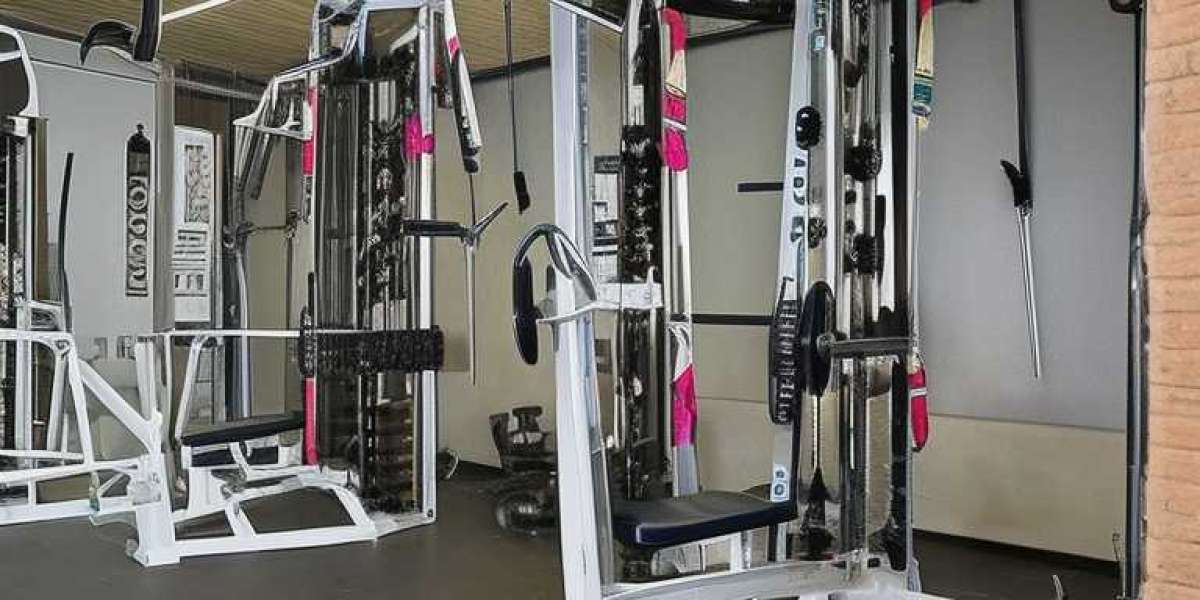Workplace audits play a huge role in keeping things safe, smooth, and efficient. But what often gets overlooked is the importance of involving staff in audit procedures. After all, no one understands the daily ins and outs of the workplace better than the people working in it. Including staff not only improves transparency but also increases the chances of spotting hidden hazards that might otherwise be missed.
Many companies in high-risk industries — including manufacturing, construction, and chemical processing — have started realizing the benefits of this inclusive approach. Through proper participation, teams become more alert, responsible, and safety-conscious.
Understanding this process becomes even more valuable if you're familiar with workplace safety standards taught in a NEBOSH course in Pakistan, where identifying and reducing risks is a major focus.
Let’s walk through the complete, human-centered, step-by-step guide to making staff a part of your audit process.
Why Staff Inclusion in Audits Matters
When staff are involved, audits go from being a checklist exercise to a meaningful process. Workers have firsthand experience with machinery, chemical handling, and manual processes. They know where shortcuts are taken, where PPE is ignored, and which emergency exits remain blocked most of the time.
By involving them in audits:
- You build a culture of shared responsibility
- Hazards are identified quicker and more accurately
- Staff feel valued and empowered
- The chances of repeat incidents drop significantly
One factory manager once shared how a junior operator noticed a leaking pipe during an internal audit. That pipe was close to flammable materials. Because the team was trained to speak up, a potential explosion was prevented.
That’s the power of inclusive safety practices.
Step-by-Step Guide to Involving Staff in Audit Procedures
Step 1: Prepare a Clear Audit Plan
Before involving employees, your audit must have a clear structure. Define the objectives — whether it's identifying hazards, checking legal compliance, or evaluating training effectiveness. Assign roles, responsibilities, and a timeline.
A good plan also includes what areas of the workplace to cover. For instance, will you be checking chemical storage, electrical equipment, or emergency evacuation procedures?
Step 2: Train Employees on the Audit Process
Don’t just throw your staff into the process and expect results. Brief them on what the audit is, why it's being done, and what they’re expected to do. Training doesn’t have to be complicated. Short workshops, visual guides, or even one-on-one discussions can help.
For example, team members might need help understanding how to spot unsafe lifting techniques or worn-out fire extinguishers. The more they know, the more helpful they become.
This is where knowledge from programs like the NEBOSH course in Pakistan proves useful, as it equips staff with hazard identification skills and awareness of legal requirements.
Step 3: Involve Employees in Pre-Audit Discussions
Hold a short meeting before the audit begins. Discuss past incidents, concerns, or recurring issues. Ask employees to share areas they think should be checked. You’d be surprised how many overlooked issues come to light when workers are given a platform.
For instance, in one construction site, it was a worker who raised concerns about slippery stairs during the monsoon season — a hazard that wasn’t on the formal checklist.
Step 4: Assign Observational Roles
During the audit, let staff accompany internal auditors. Pairing a safety officer with a regular employee creates a balance of technical knowledge and real-world understanding. Employees can point out things that might seem “normal” but are actually unsafe practices — like stacking flammable materials too close to heat sources.
Even small comments like “We never use that fire alarm because it doesn't work” can reveal critical gaps.
Step 5: Encourage Real-Time Feedback
Create a safe space for open communication during the audit. Make it clear that there will be no blame or punishment for pointing out unsafe practices. Sometimes, workers avoid speaking up because they fear being blamed or ridiculed.
Make use of simple forms, anonymous feedback tools, or even quick voice memos. What's important is that staff feel comfortable sharing observations in real-time.
Step 6: Discuss Findings with the Team
Once the audit is complete, don’t hide the results behind management doors. Share the findings with the team. A short group meeting or an easy-to-read report can be enough.
When employees see how their input has contributed to improvements — like new safety signage, better lighting, or fixed leaks — they feel a deeper connection to the safety culture.
Step 7: Assign Action Points with Staff Involvement
Involving staff doesn’t stop at the audit phase. When corrective actions are needed, let them participate in decision-making. They often know the most practical solutions.
If a faulty ventilation fan was flagged, ask the maintenance team how long repairs would take, and whether temporary measures like PPE or restricted access are required.
Step 8: Recognize Contributions
Always give credit. A simple “thanks for pointing that out” can go a long way in encouraging future participation. You can also create small reward systems — like safety stars or bonus points — to celebrate active contributors.
Employees who feel valued will naturally become more alert and safety-aware.
Additional Tips to Strengthen Staff Participation
Rotate Audit Participation
Don’t let the same staff participate every time. Rotate members to give more people a chance to learn and contribute.
Keep Communication Open All Year
Encourage staff to report hazards even outside of audits. Set up a suggestion box or a WhatsApp group where they can share safety concerns any time.
Share Success Stories
Celebrate past achievements. For instance, if a staff-led audit helped prevent an accident last year, remind your team. Stories are powerful motivators.
? Curious About NEBOSH Course Fee in Pakistan?
? Click Here to Get Full Fee Details Inclusions!
Conclusion: Empowerment is the Key to Safer Workplaces
Audits aren’t just paperwork — they’re life-saving tools. But to truly make them effective, staff involvement is key. With the right training, open communication, and recognition, employees become active players in maintaining a safe workplace.
Inclusive audits build trust, reduce risks, and promote a shared responsibility for safety. Whether it’s a factory, a hospital, or a construction site — the people who work there every day are the real eyes and ears of the organization.
And if you're aiming to strengthen your workplace safety culture further, understanding risk assessment through formal programs like the NEBOSH course in Pakistan can give your team a huge advantage.












